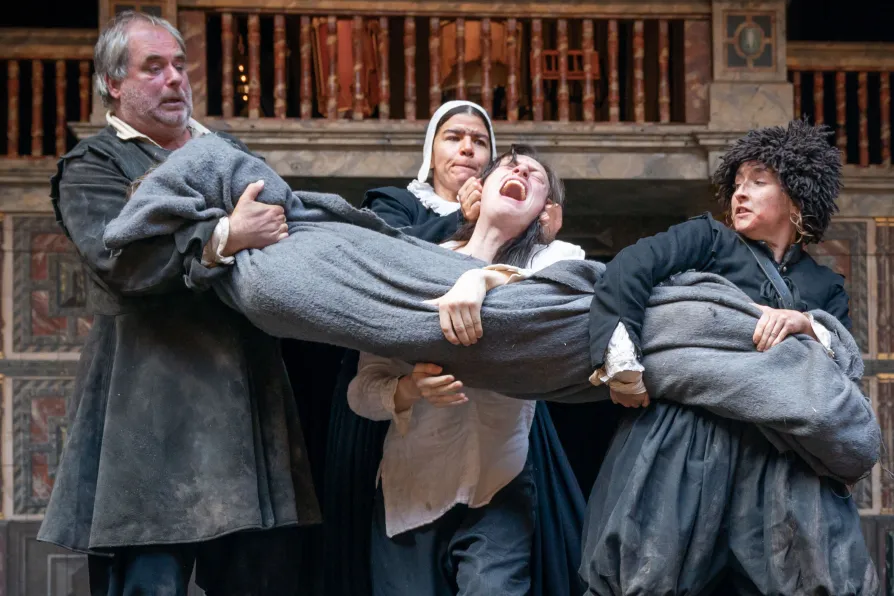MARIA DUARTE picks the best and worst of a crowded year of films

 Contagious tragedy: Eyam Pic: Marc Brenner
Contagious tragedy: Eyam Pic: Marc Brenner
Eyam
Shakespeare's Globe, London
WHEN the plague arrived in 1665 at the Peak District village of Eyam, the villagers took the heroic decision to close their gates and ride out the effects rather than flee and spread the contagion in Derbyshire. Thirteen months later, only 83 of its 356 inhabitants had survived.
Don Taylor’s Roses of Eyam first brought this communal sacrifice to the stage in the 1970s, but Matt Hartley’s new play for the Globe removes the idealised gauze. His villagers are hard products of the mines, poverty and civil war and internecine disputes rage — imagine The Crucible written by Jimmy McGovern.
Sam Crane’s idealistic, rather insipid reverend arrives at his new parish with his strong-willed and supportive wife (Priyanga Burford) to find the previous churchman has been lynched. There is a long-time contender for his role and the villagers are at each other’s throats.

GORDON PARSONS joins a standing ovation for a brilliant production that fuses Shakespeare’s tragedy with Radiohead's music

SIMON PARSONS is taken by a thought provoking and intelligent play performed with great sensitivity












